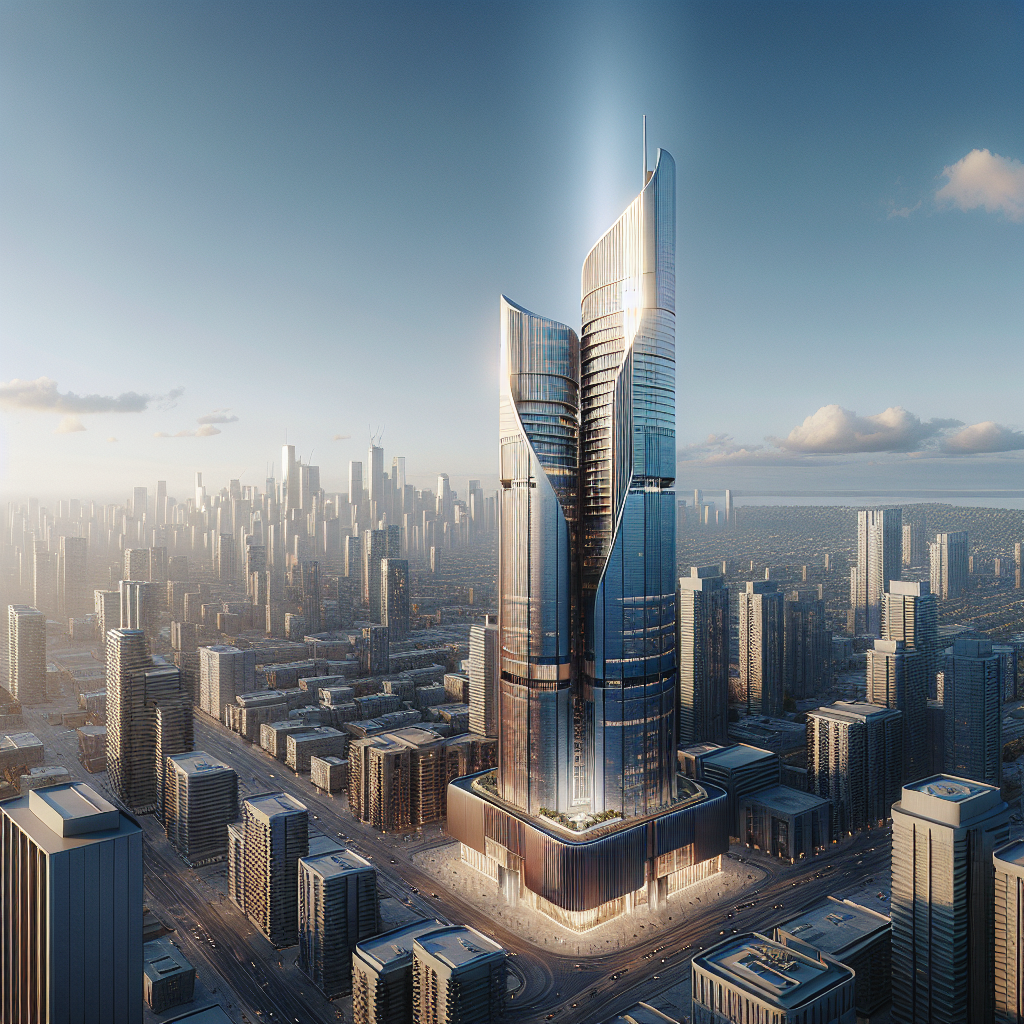Tucked away in the lively urban tapestry of Toronto lies Corus Quay, a beacon of innovation and community on the city's scenic waterfront. Built in 2010, this architectural marvel isn't just an office building; it's a vibrant confluence of creativity, culture, and commerce. Located on the east end of the city's revitalized waterfront, Corus Quay is home to Corus Entertainment, an influential name in Canadian media that has fostered a culture of creativity and innovation in the environment it inhabits.
When you step into Corus Quay, you're immediately struck by the openness and fluidity of the space. It’s designed to mimic a new-age urban community, emphasizing transparency and collaboration. This aligns seamlessly with Gen Z's values of openness, inclusivity, and innovation. The design encourages interaction among individuals working at Corus or visiting for the myriad of events held there, something that speaks volumes to the generation who craves connection and shared experiences more than anything.
Corus Quay isn't just about aesthetics. It boasts some technological advancements that make it a sustainable solution for modern workspaces. Building systems are optimized to minimize energy consumption and maximize comfort. While often seen as somewhat gimmicky, green roofs, geothermal heating, and rainwater harvesting systems all play their part here. These features are practical and necessary responses to the environmental challenges we face, making Corus Quay a flag-bearer for buildings of the urban future.
However, the story of Corus Quay goes beyond glass walls and green roofs. This location has become a symbol of the ongoing tug-of-war between progress and preservation, between innovation and tradition, that defines much of our modern existence, especially for young people facing the realities of a changing world. On one side, there are those who argue that spaces like Corus Quay represent an exclusionary bubble of privilege within Toronto’s diverse economic landscape. Critics argue that while beautiful and innovative, Corus Quay doesn’t adequately reflect the historical and cultural fabric of Toronto's waterfront, displacing the rich tapestry of what once was.
On the flip side, supporters insist that Corus Quay stands as a testament to what’s possible when smart urban planning meets progressive ideology. It's a place where ideas and creativity flourish, representing the power of human ingenuity and the importance of creating spaces that push boundaries. For them, Corus Quay is a beacon of opportunity, a place where the representation carries significant weight in a location poised to become Toronto's next innovation district.
Accessibility and inclusivity also mark significant themes in the narrative surrounding Corus Quay. Inside, the building caters to various needs with its design of open spaces, community areas, and adaptive technologies. Inclusiveness doesn't only stem from physical accessibility, but also through the diverse range of voices and stories intersecting within its walls. These efforts make Corus Quay not just a shiny building on the waterfront, but a living entity echoing the values of a society striving to be more inclusive and equitable.
For people across all age groups, but especially those within Gen Z, Corus Quay represents a microcosm of the challenges and opportunities of living in a complex urban world. This demographic is more concerned about the lasting impact of current practices on future generations than any before it, scrutinizing whether their city spaces will reflect authenticity and true advancement.
Yet, balancing progress with preservation isn't straightforward. It's a conversation that can't be devoid of empathy for differing perspectives, of an understanding of how developments such as Corus Quay can both benefit and burden different segments of the community. The very existence of projects like Corus Quay requires acknowledging that urban developments must strive to create inclusivity not just in theory but in practice, addressing the concerns of gentrification and environmental care with equal seriousness.
Corus Quay doesn't just stand as a testament to what's possible in modern architectural innovation, but as a reminder of the responsibility that comes with constructing the future. It's about asking harder questions, demanding real answers, and shaping spaces that honor both the beauty of our aspirations and the depth of our diversity. As we navigate the complexities of 21st-century life, landmarks like Corus Quay are important reminders that in our quest for progress, we must stay rooted in our community-rich past while stretching our hands towards a sustainable future.

